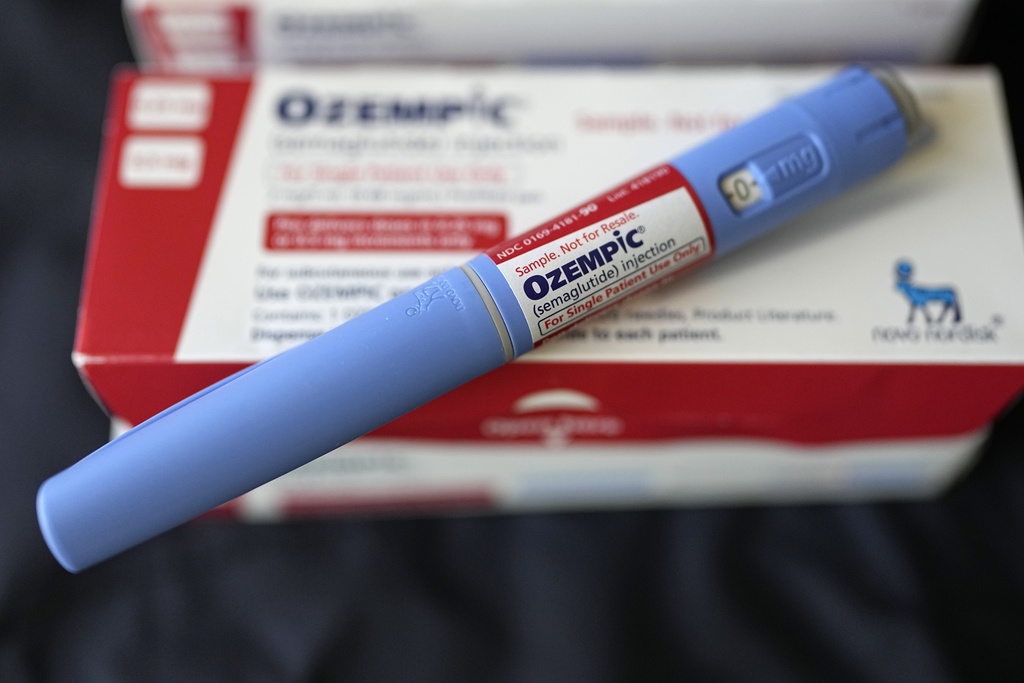A recent study suggests that the highly sought-after Ozempic jab, which can cost up to $1,300, could be manufactured for as little as $5, offering a potential solution to the high cost burden associated with the weight loss treatment.
Researchers from Yale University, King’s College Hospital in London, and Doctors Without Borders conducted the study, estimating production costs for various weight loss drugs used in diabetes treatment. They found that GLP-1 agonists like Ozempic could be produced at significantly lower costs than their current market prices.
The study, published in the JAMA Network Open, compared cost-based prices with publicly available data on drug prices across 13 countries. It revealed that while Ozempic is sold for hundreds of dollars, its production costs could be as low as $5.
Novo Nordisk, the manufacturer of Ozempic, declined to disclose production costs but highlighted investments in research and development to meet increased demand. Despite potential low production costs, some users have reported serious side effects, underscoring the need for careful consideration of both cost and safety in medication use.
(YWN World Headquarters – NYC)












2 Responses
That’s often the case with meds – manufacturing is cheap, but the R&D necessary to develop them is very, very expensive. That’s part of the reason for the patent system – to allow recovery of development costs and a decent profit aonas to encourage investment in development.
an Israeli Yid
That is true of most expensive drugs. The high cost is due to the current system under which corporations are incentivized to invest gigantic amounts of capital to develop and test new drugs, and are compensated using the patent system. Once the patent expires, probably around 2031, the price will fall.
We could get rid of the patent system, and rely on the government of charities to fund drug research. We would get new drugs at low prices, and the quality would resemble (citing other government projects), mail delivery or Baltimore’s Key Bridge.